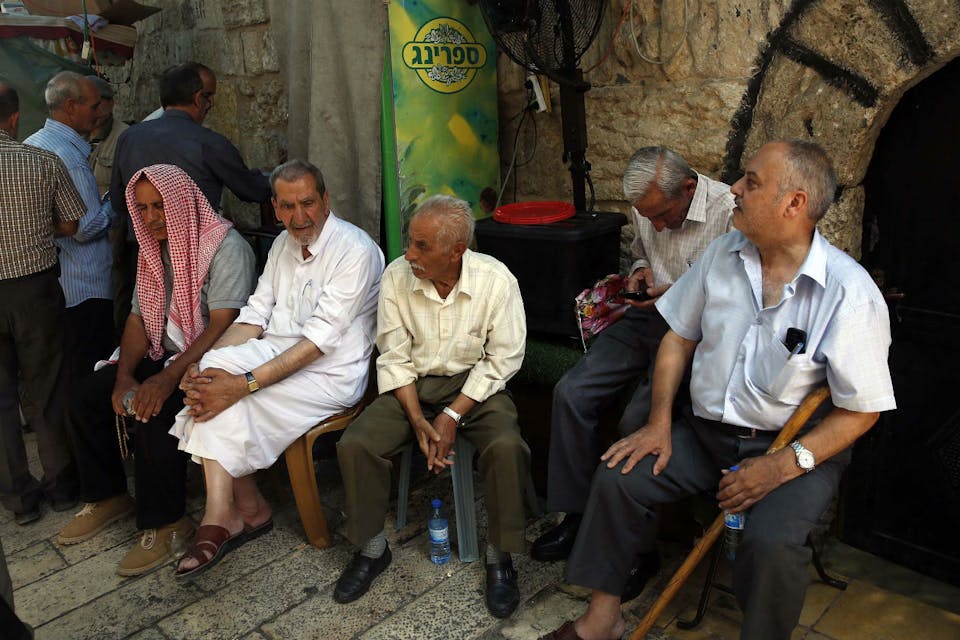
July 28, 2017
What Do Israeli Arabs Want?
The successes and grievances of Israel's Arab citizens are a story of considerable interest, especially in the aftermath of the Temple Mount murders committed by three of their own.
When three terrorists killed two Israeli policemen on Jerusalem’s Temple Mount on July 14, thereby precipitating a chain of further Arab violence that has not yet abated, what shook Israelis was not just the fact that the crime was committed at Judaism’s holiest site; it was that it originated within Israel’s pre-1967 borders and was committed by Israeli citizens. The murderers were residents of Umm al-Fahm, Israel’s third largest Arab city. No wall or checkpoint separates its residents from the rest of the country; yet it is a base for Islamist anti-Zionist politics.
For six weeks last summer, I lived ten minutes by car from Umm al-Fahm, at the intersection of Israel’s Arab and Jewish societies. While studying Arabic at Givat Haviva, an institute promoting Arab-Jewish reconciliation, I traveled to villages and towns in the so-called Triangle, the area in whose three corners sit the towns of Umm al-Fahm, Baqa al-Garbiya, and Taibe, and that cumulatively is home to the largest concentration of Arab Israelis. At the bus stops of Wadi Ara, in the heart of the Triangle, Jews and Arabs mix daily. In the shopping center of Pardes Hanna, the region’s main Jewish town, one is as likely to hear Arabic as Hebrew. Jews also frequent Arab-owned stores in Baqa al-Garbiya and Barta’a, where Hebrew signs testify to intercommunal commerce.
Foreign journalists usually focus on the West Bank and Gaza, so Israeli Arabs tend to be overshadowed. But their successes and their grievances, the nature of their interactions with Israeli Jews, and their position as citizens tugged by conflicting emotions, make up a story of considerable interest, with a message of particular relevance as, in the aftermath of murders committed by three of their own, their Palestinian cousins have violently rioted over metal detectors at the Temple Mount.